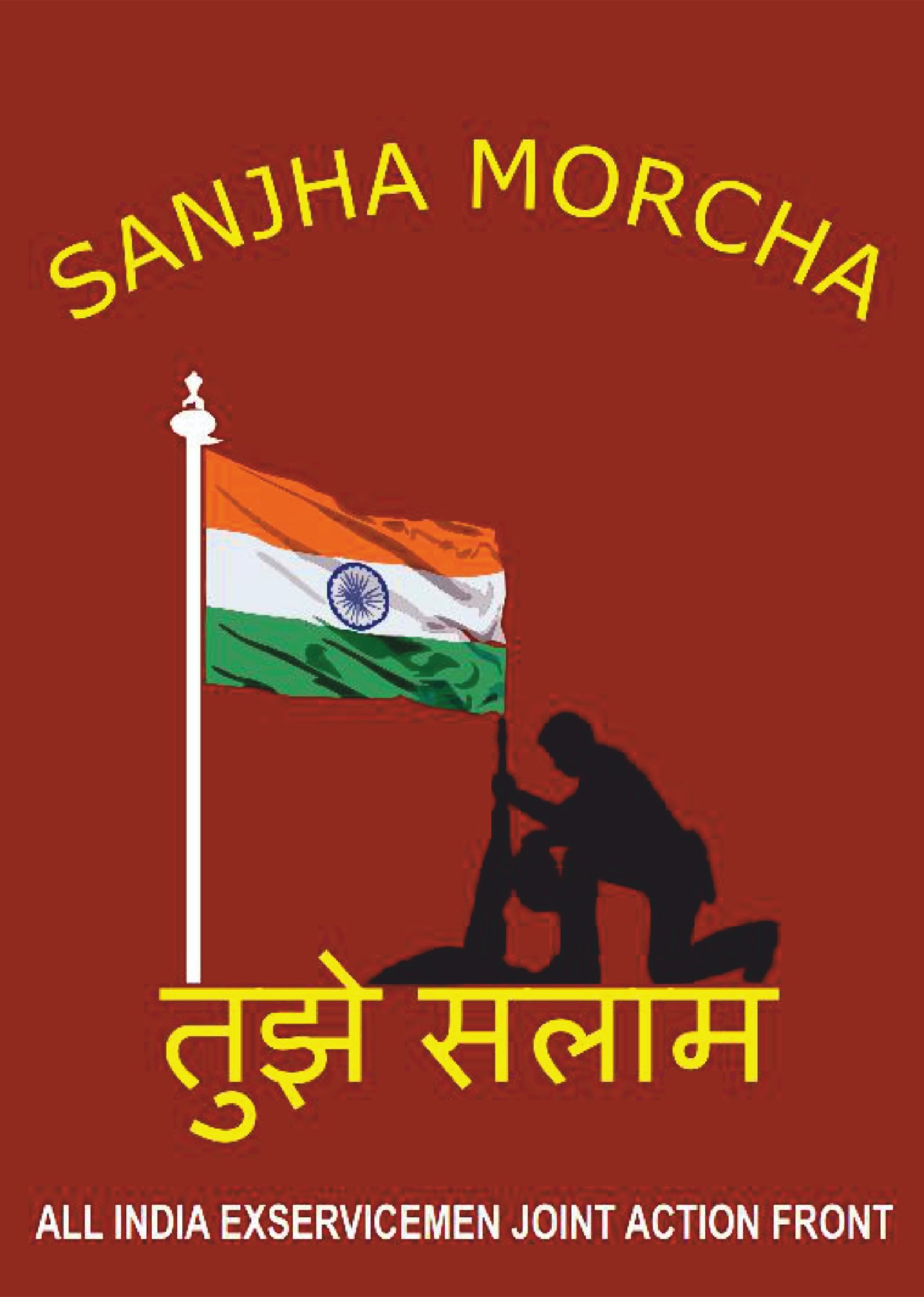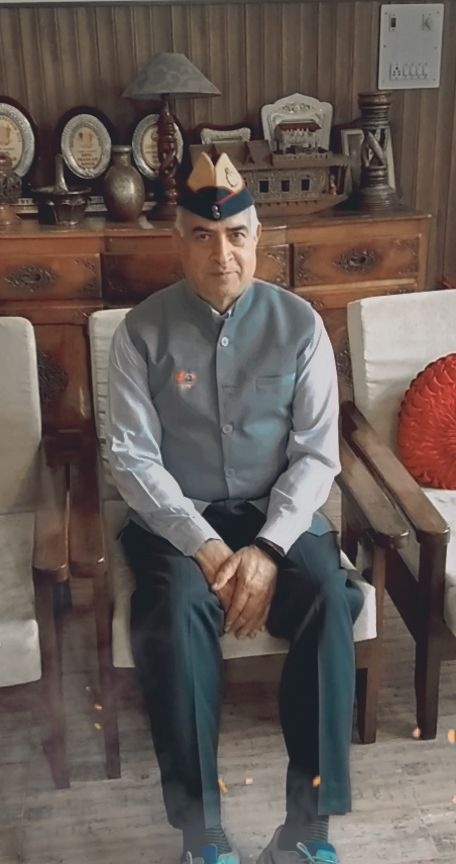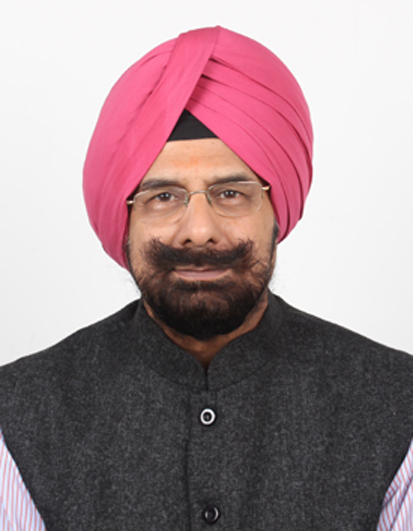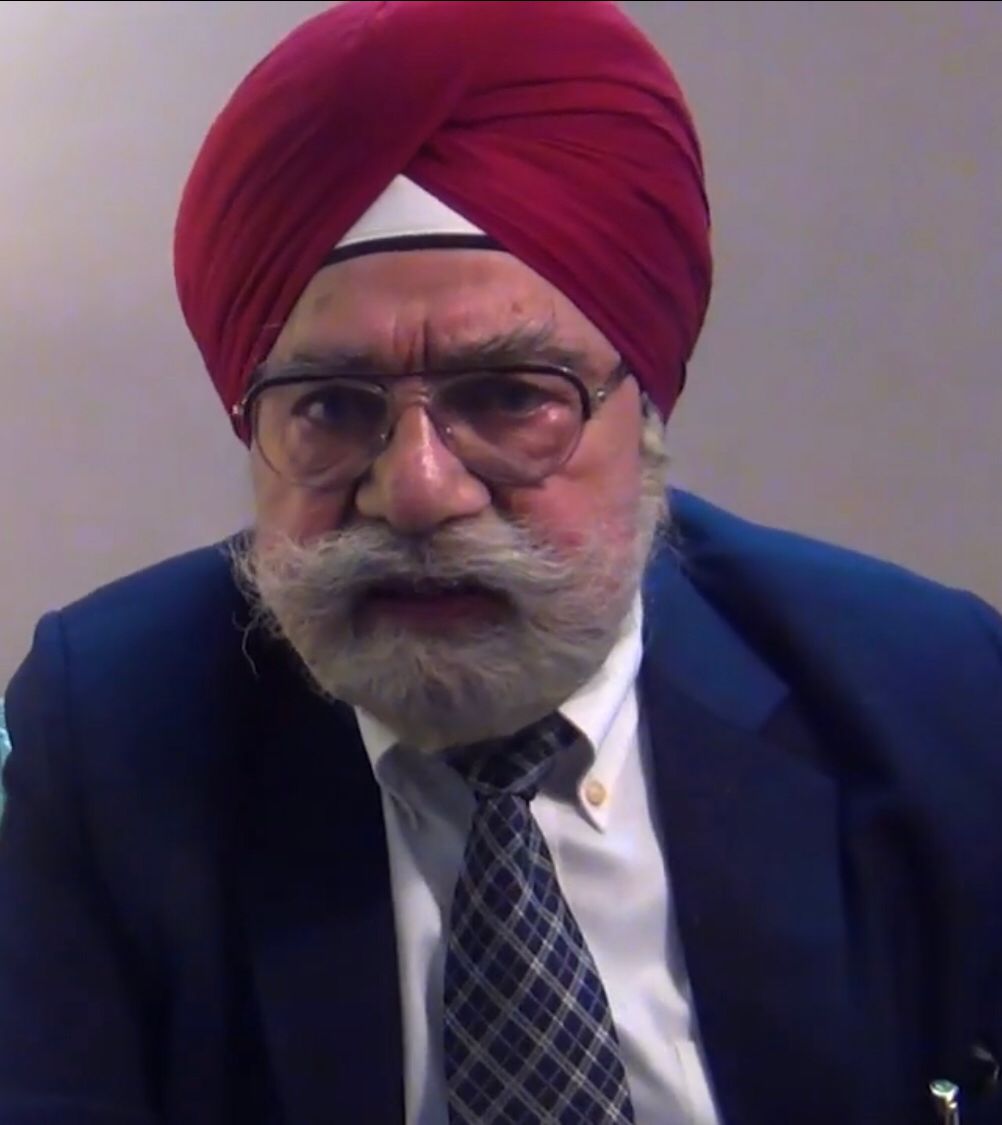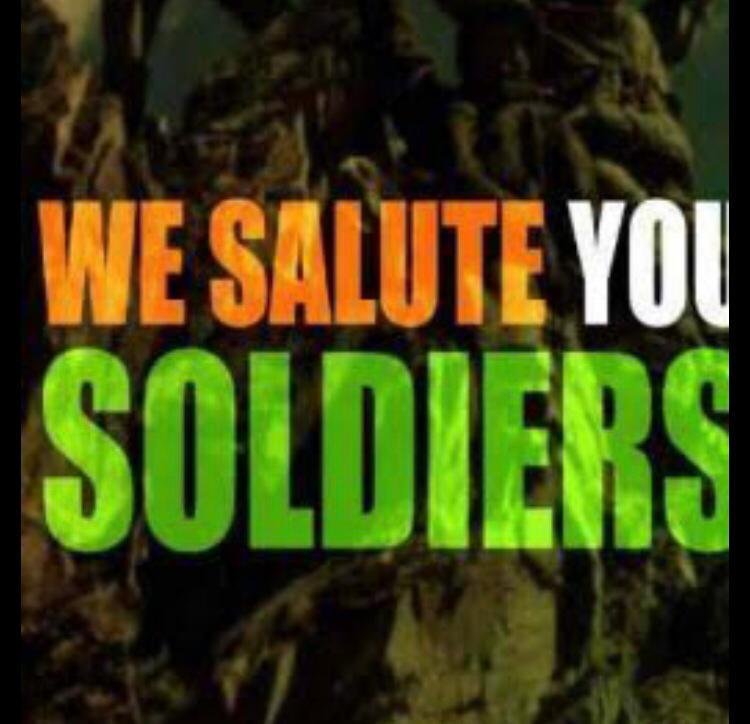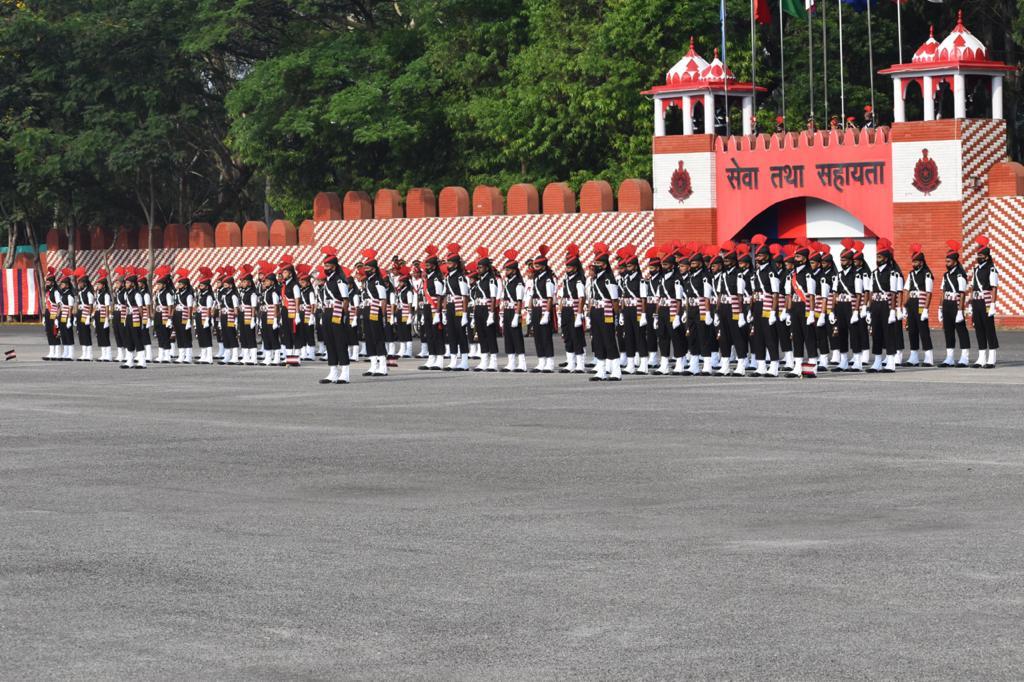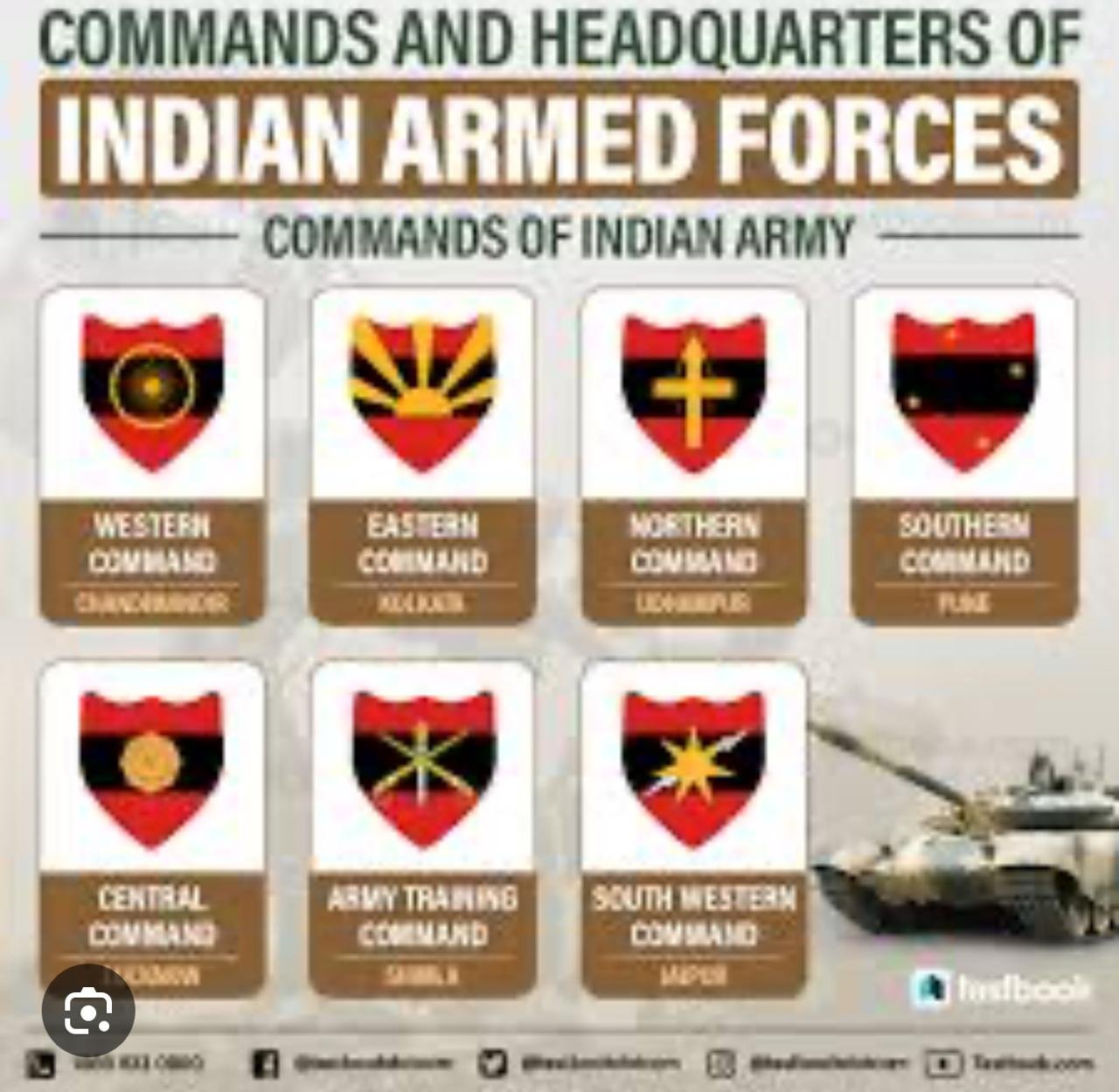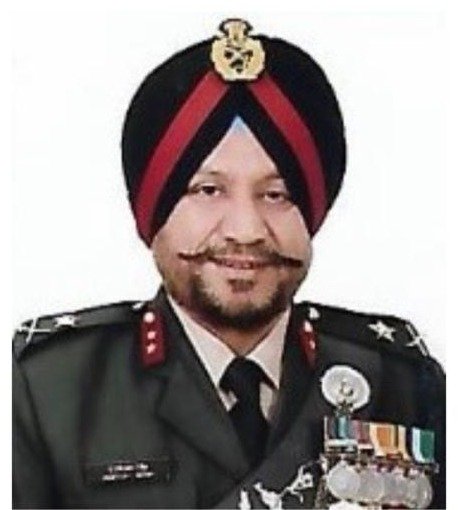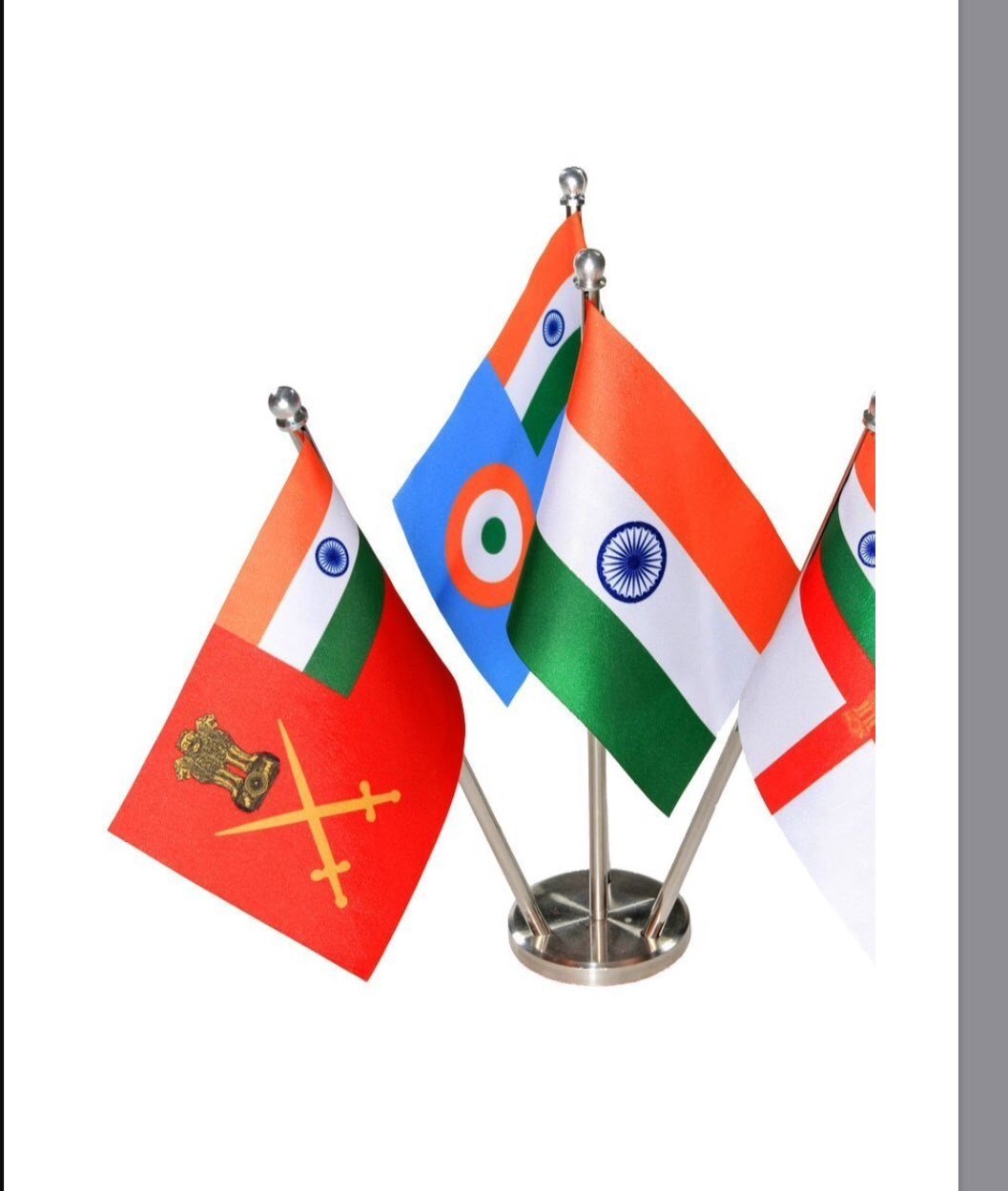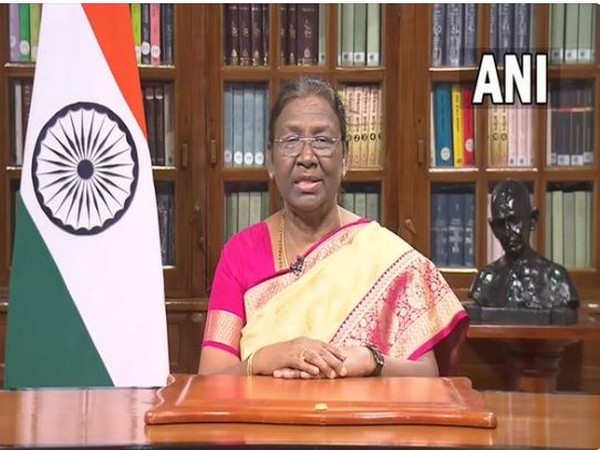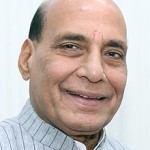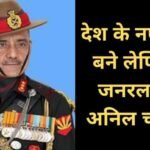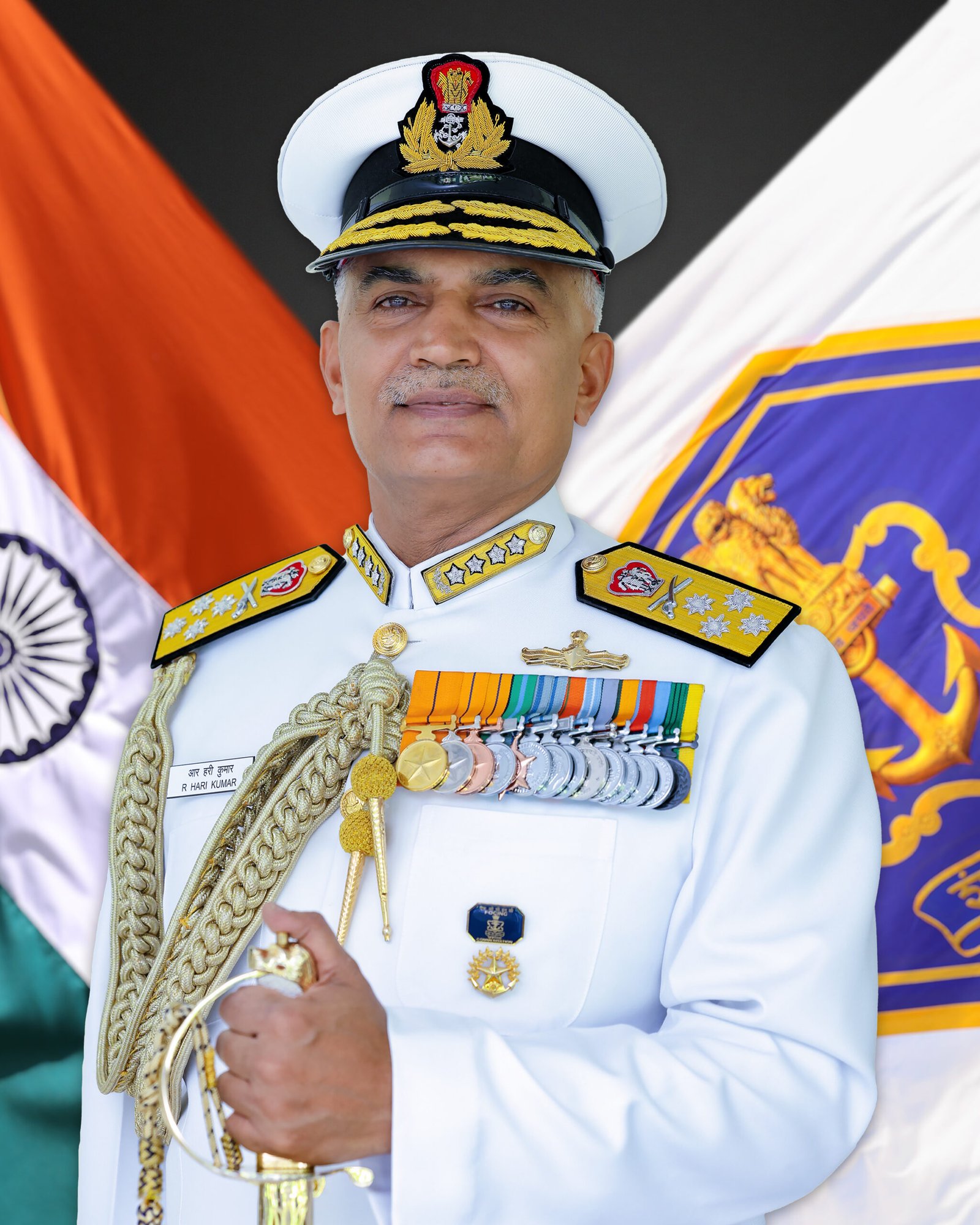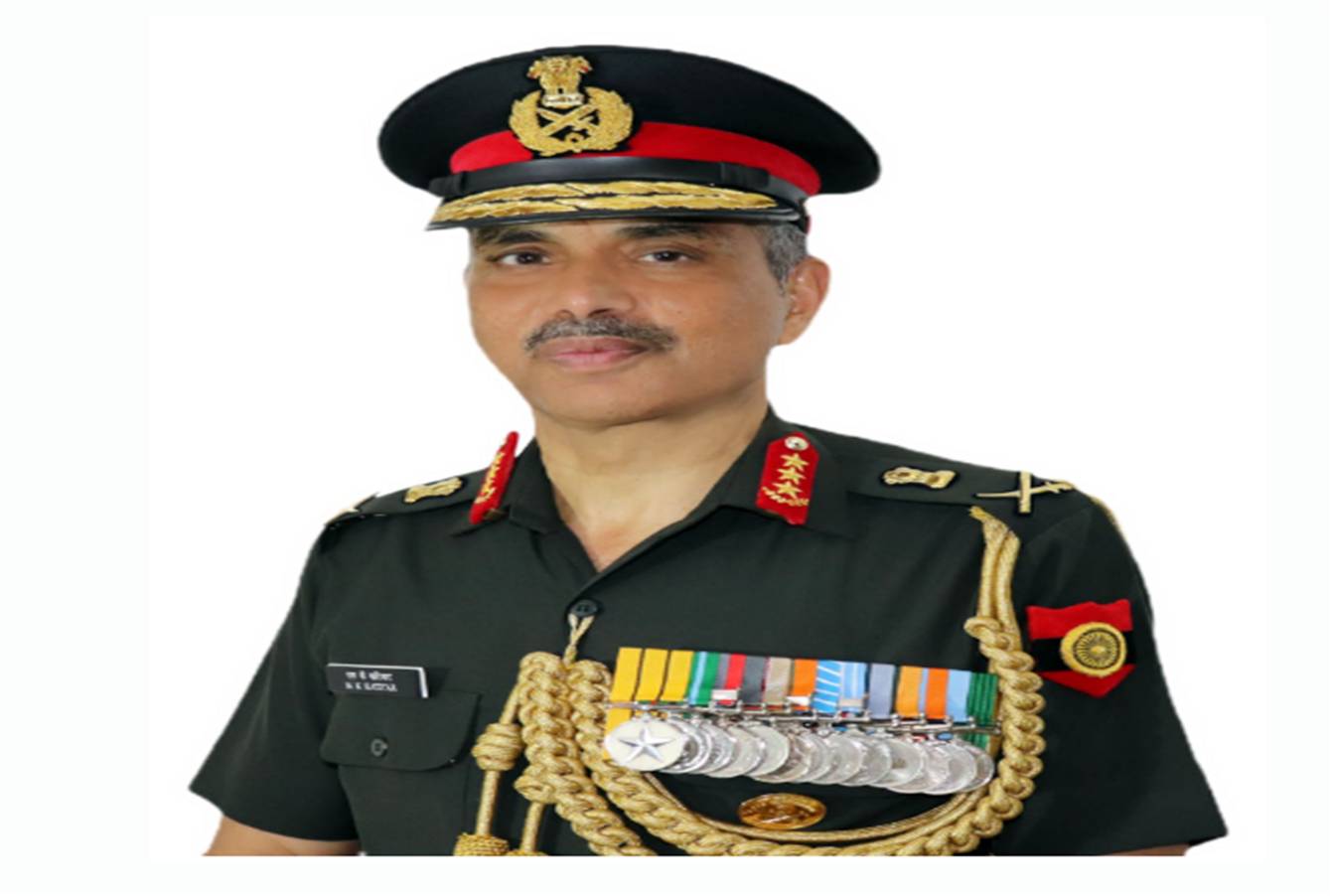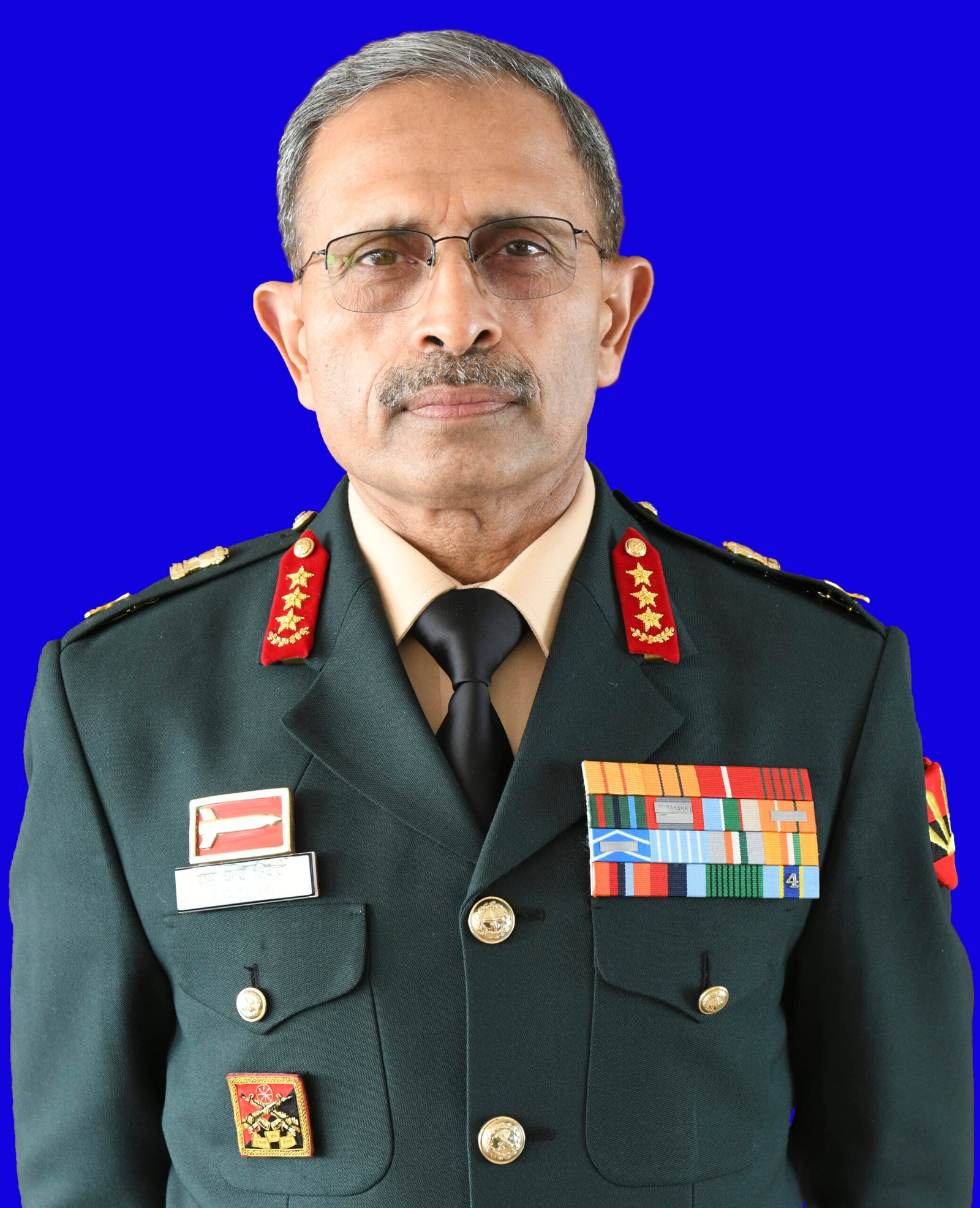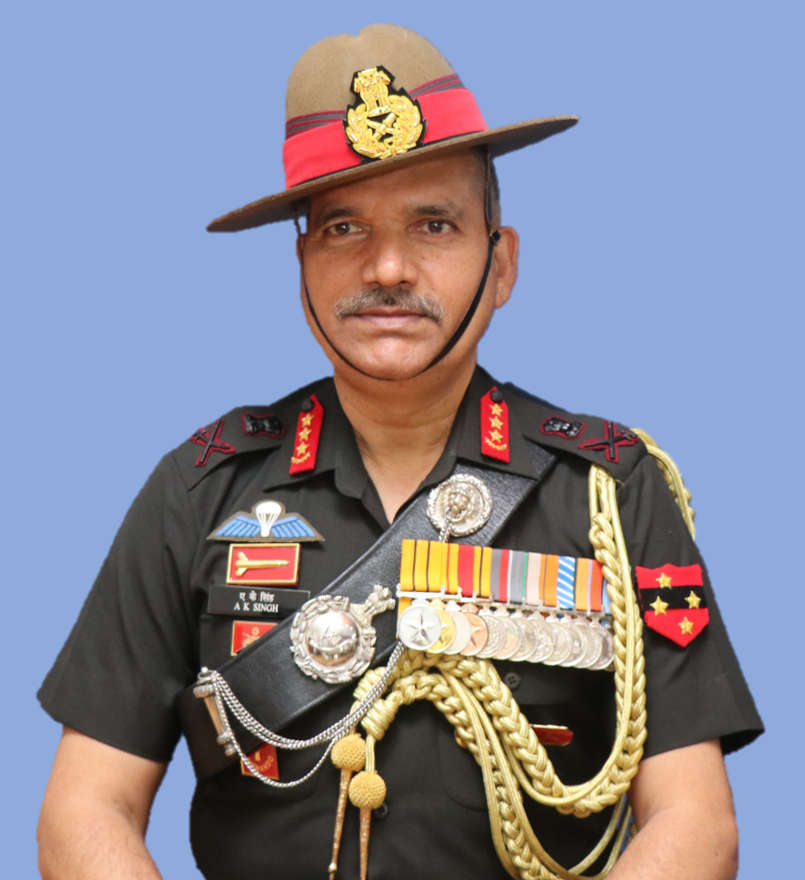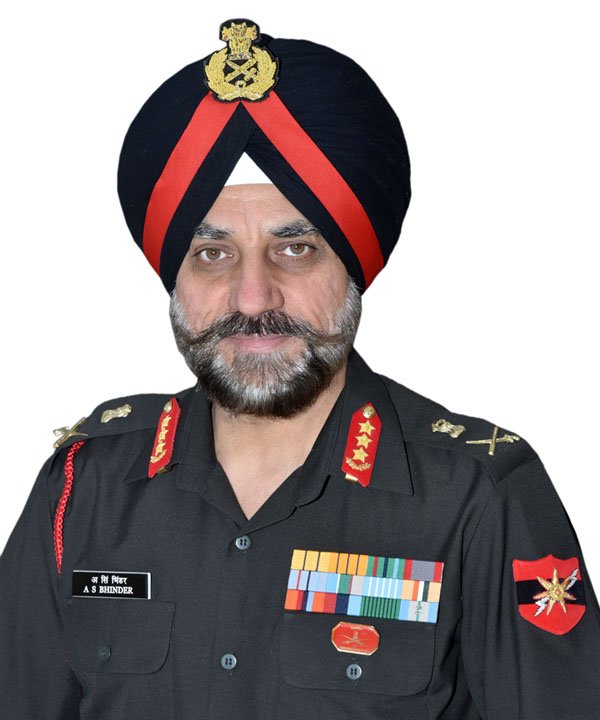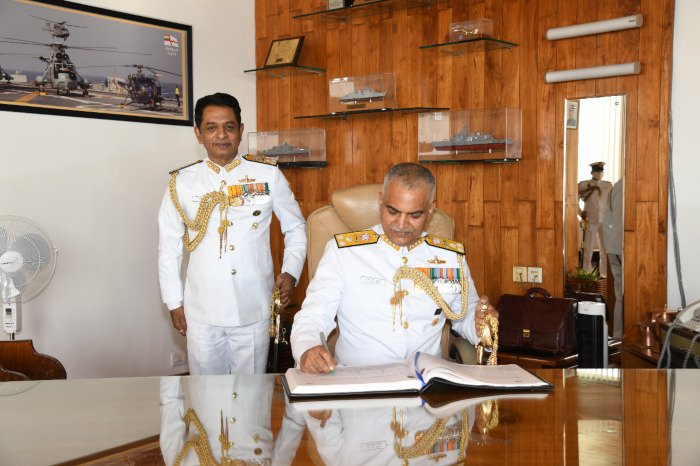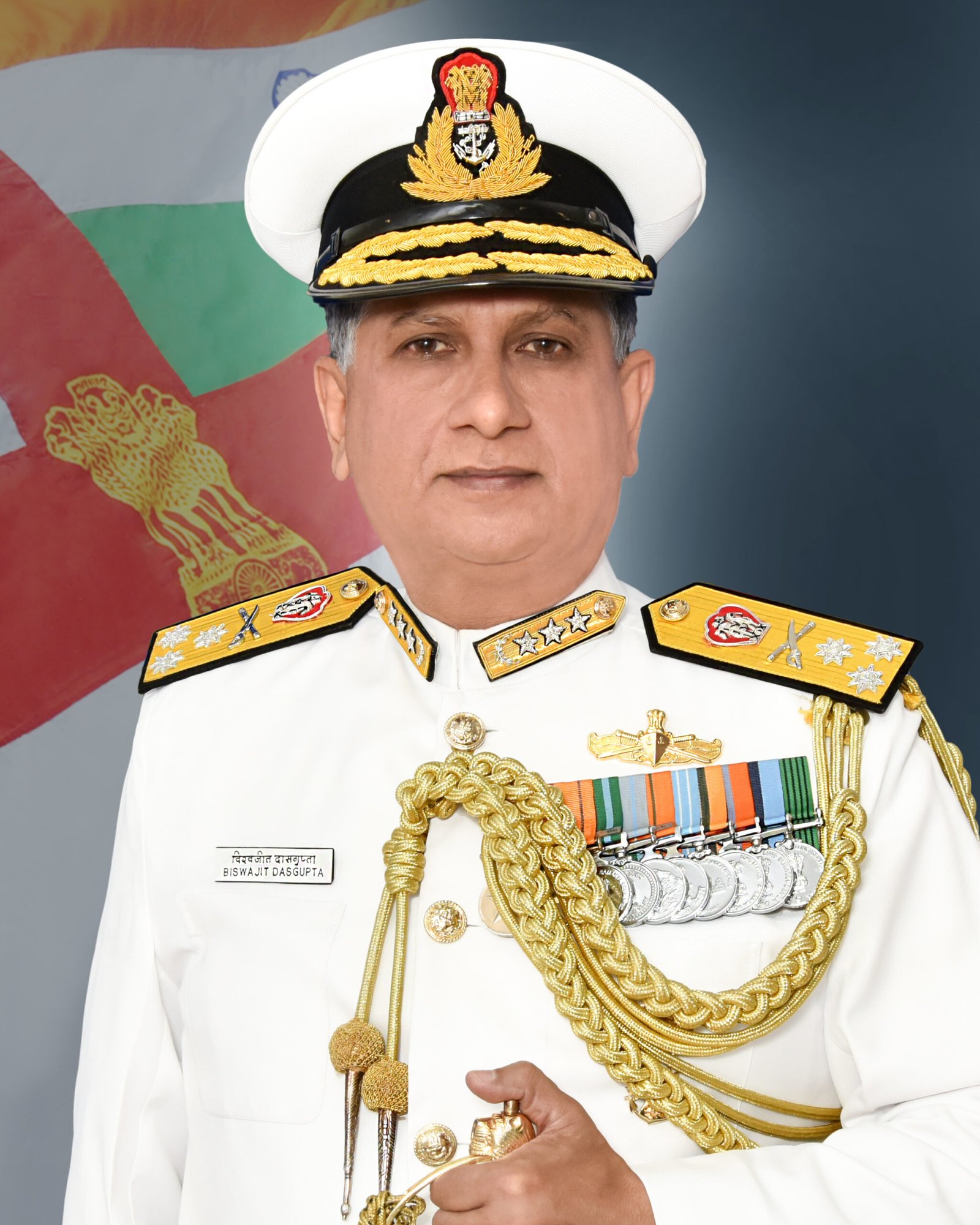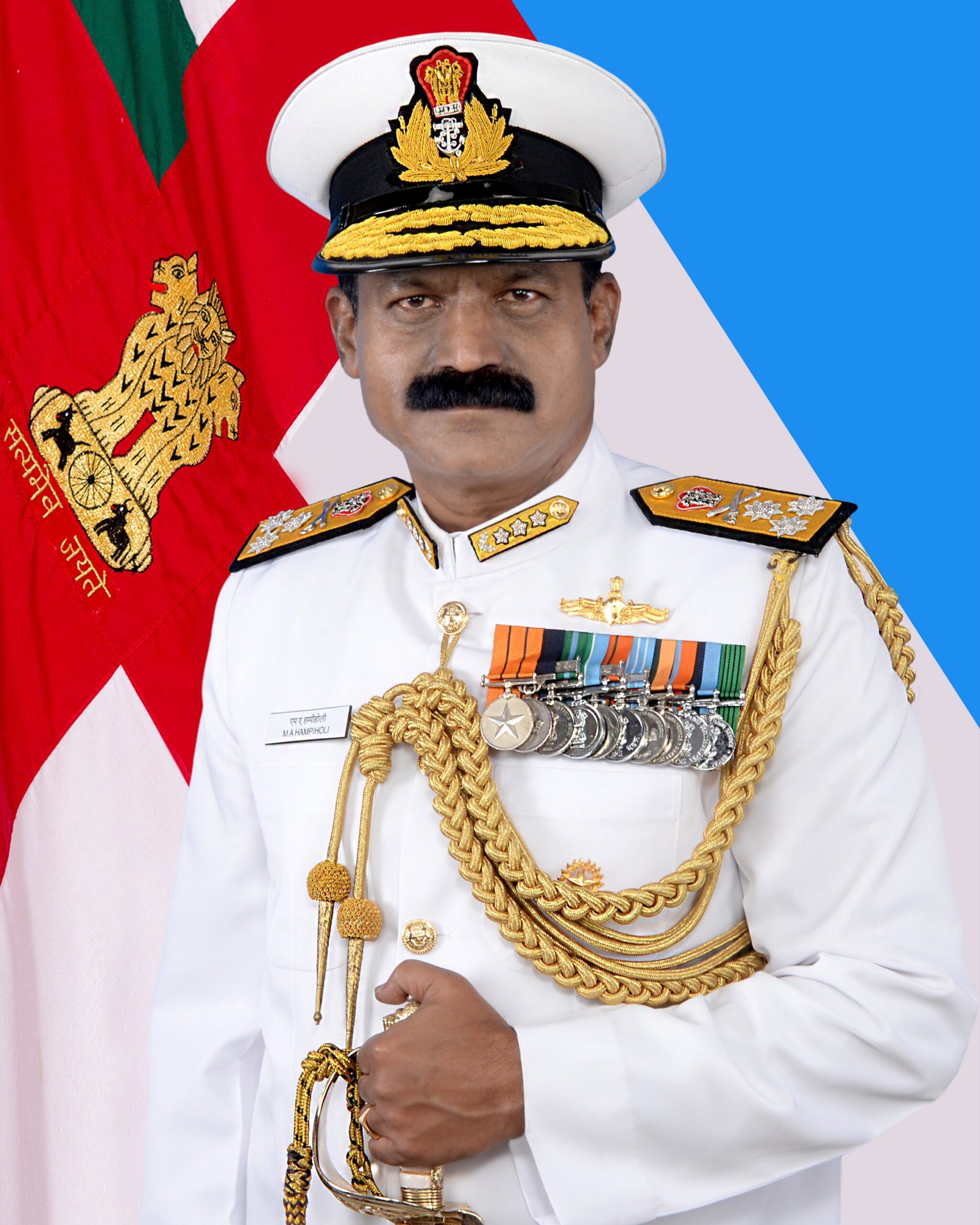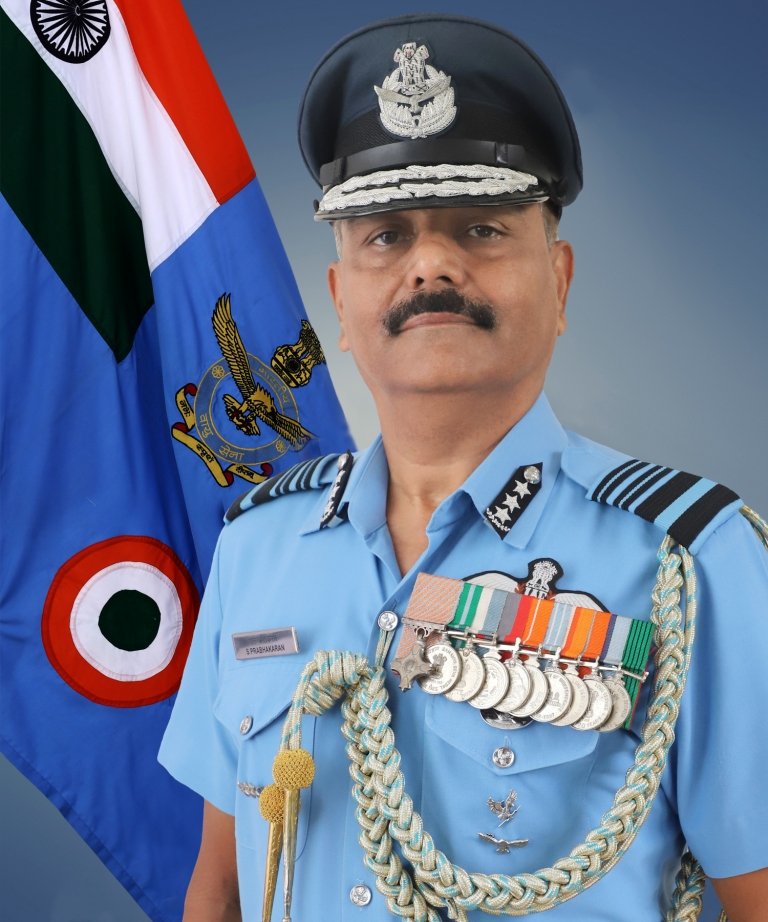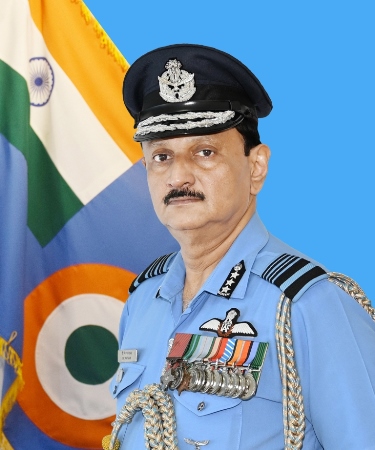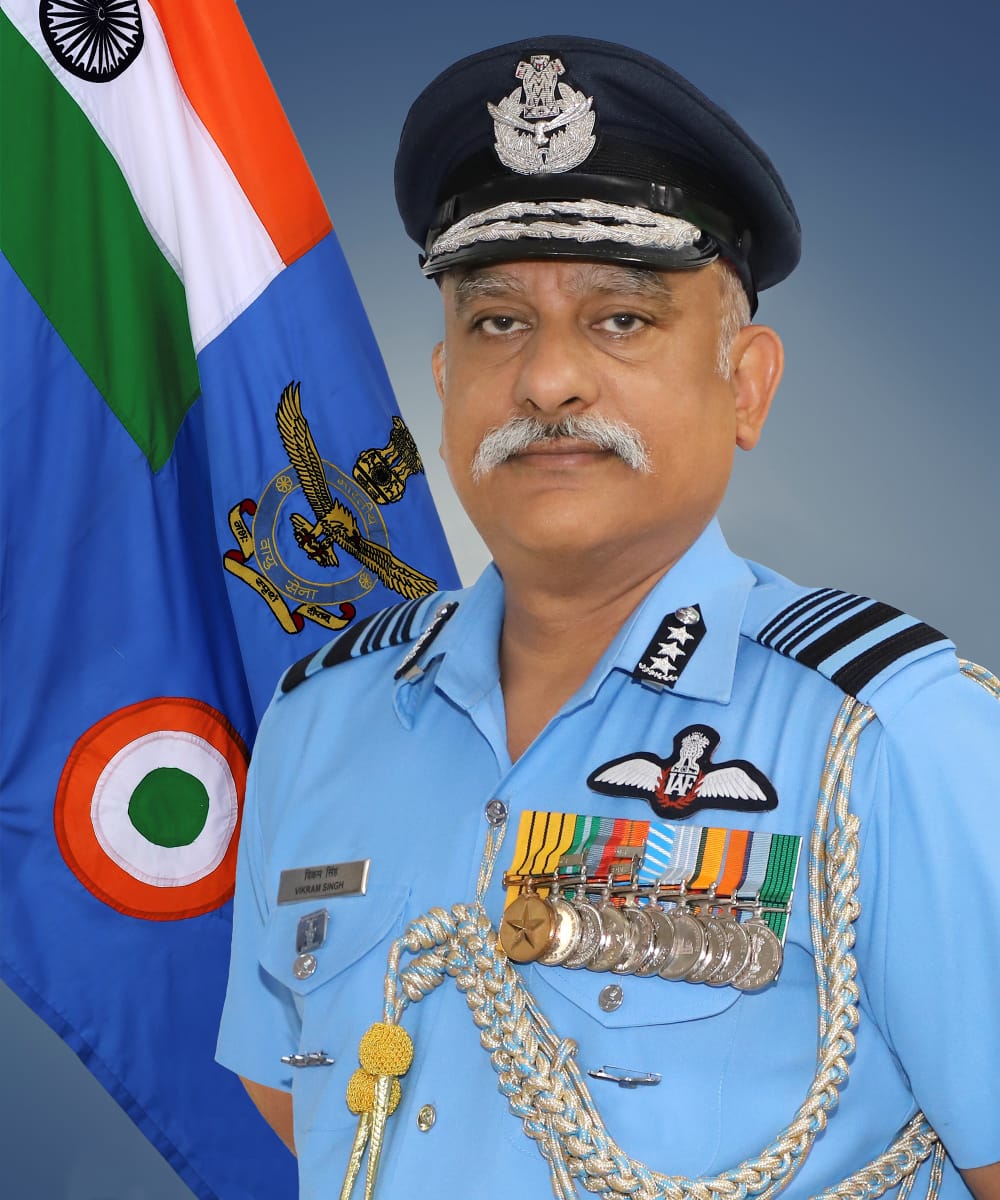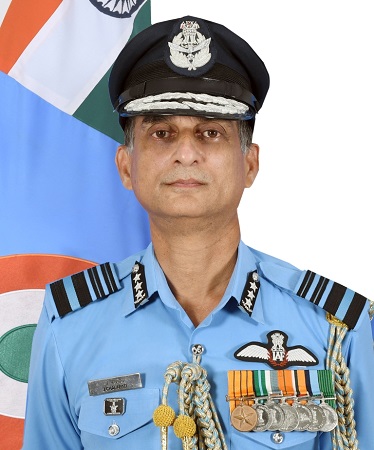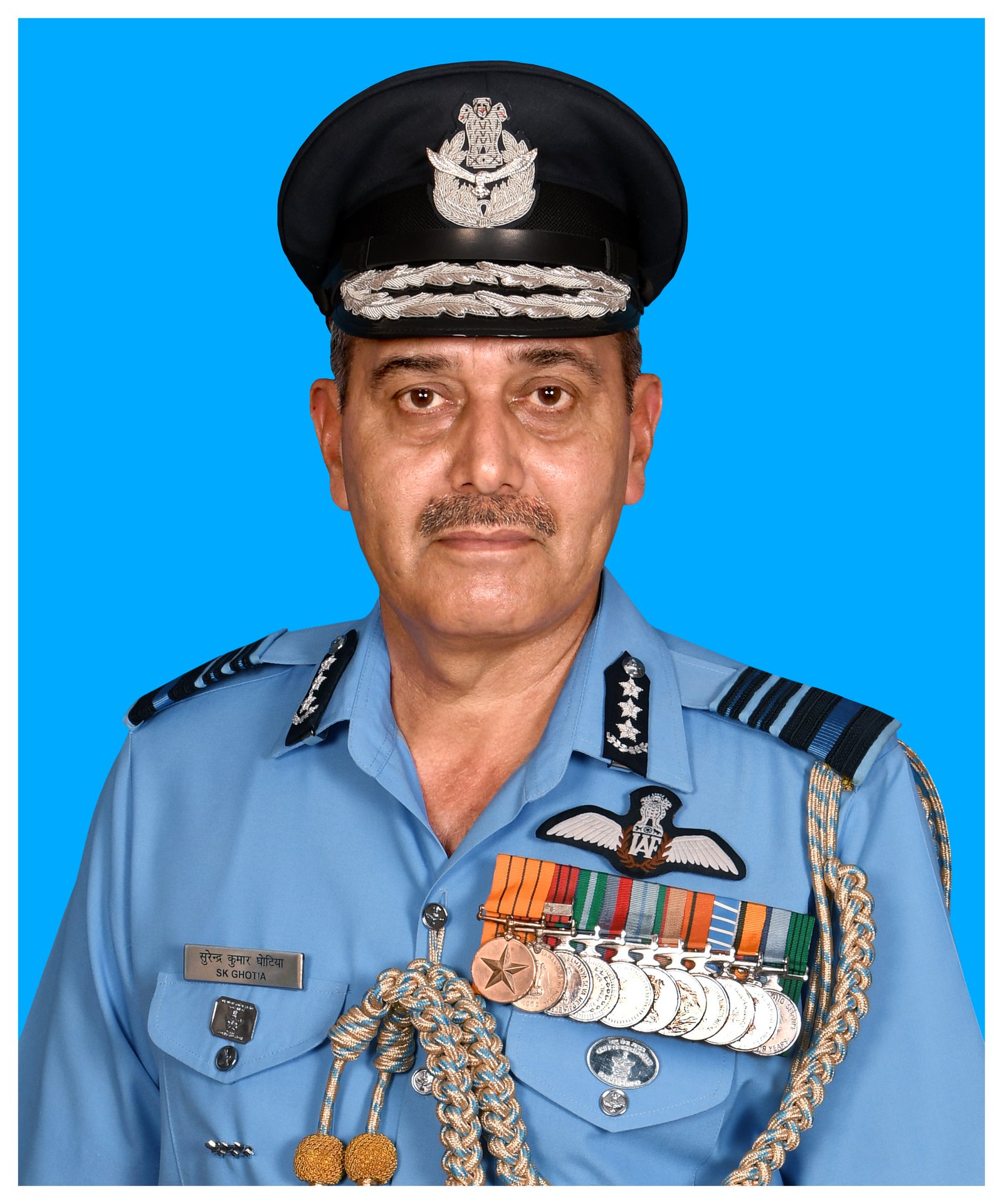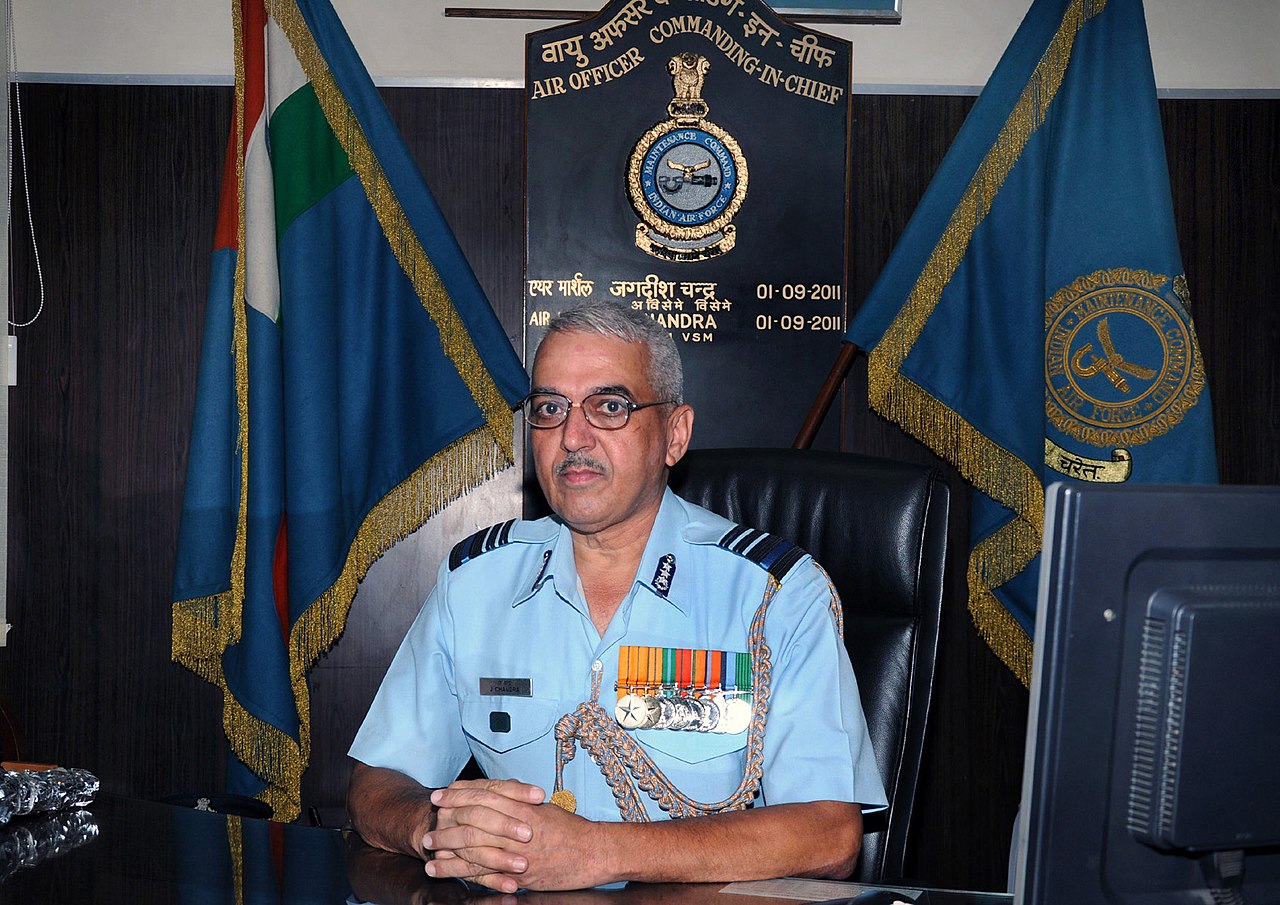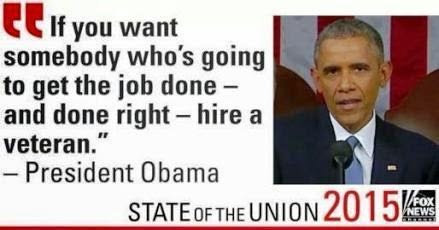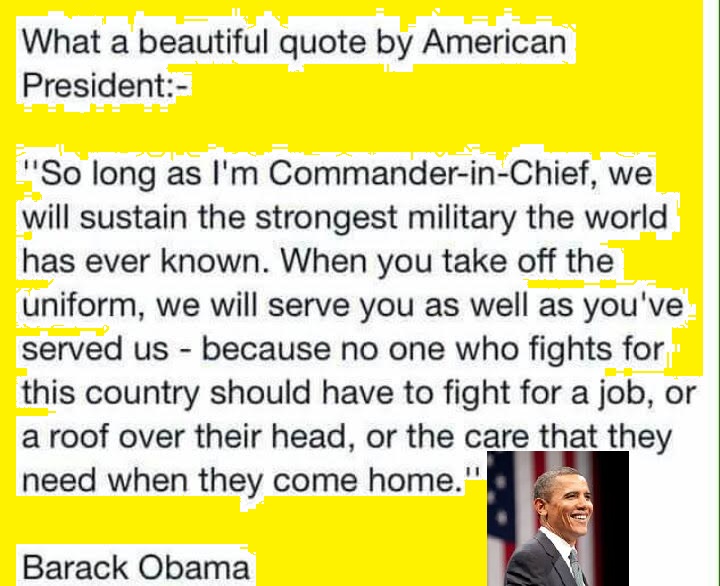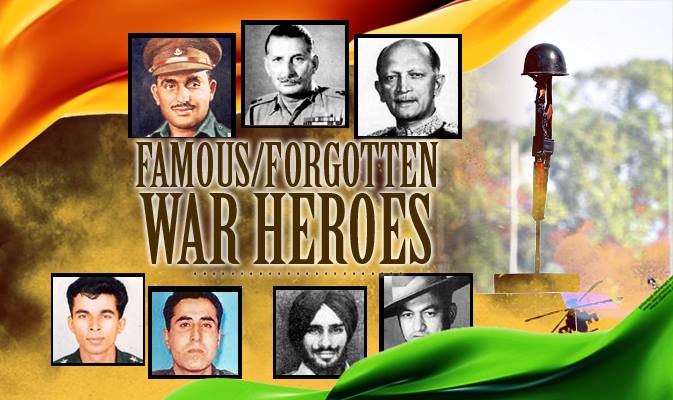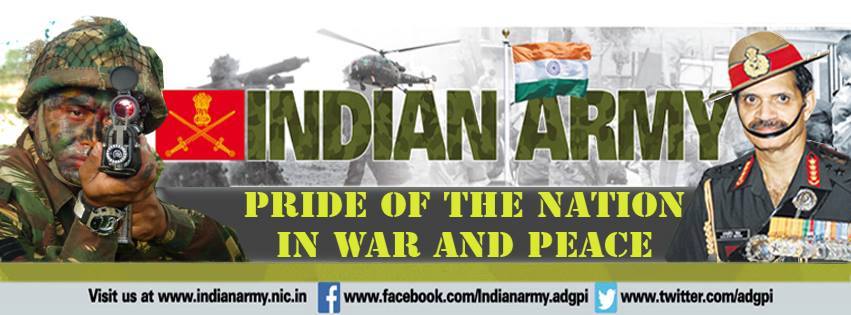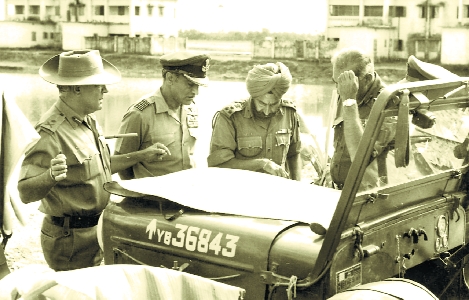
Spectacular jointmanship: Gp Capt Chandan Singh (second from left) with Lt Gen Sagat Singh (extreme right), Maj Gen Hira (extreme left) and Brig Sodhi. The legendary Air Force officer was the orchestrator of the first ever large-scale heli-landed operations in Independent India. Photo courtesy: Major Chandrakant, biographer of Air Vice Marshal Chandan Singh
Air Vice Marshal Arjun Subramaniam (Retd)
As 57 Mountain Division, 23 Division and 8 Mountain Division under Major Generals Ben Gonsalves, RD Hira and KV Krishna Rao found themselves on the east banks of the rivers Meghna and Surma, respectively, their Corps Commander, Lieutenant General Sagat Singh, was searching for innovative solutions to seriously threaten Dacca by the end of the first week of operations in his IV Corps zone. Turning to his IAF Task Force Commander, Group Captain Chandan Singh (later Air Vice Marshal), he remarked, “Chandan, do what you have to but get me into Sylhet and across the Meghna river to put pressure on the Dacca Garrison. If there is a window of opportunity, I want to be the first into Dacca.” If there was anyone in the IAF who could match up to Sagat’s energy and his ability to convert operational ideas into outcomes, it was his fellow Rajput, Chandan Singh.
Group Captain Chandan Singh was already a legend in the IAF’s transport fleet when he was called upon to perform extraordinary feats in 1971. He proved to be the ideal air commander who understood the land battle as no one else did
Commissioned as a fighter pilot, a serious accident on Spitfires during an emergency landing in 1949 almost wrote off Chandan’s flying career. Determined to get back into a cockpit, he soon commenced flying Dakotas and then the C-119 Packet before converting onto An-12s just as Ladakh was flaring up in the early 1960s. Squadron Leader Chandan Singh led the air-dropping missions over Ladakh to sustain forward posts and came back with his aircraft riddled with 19 bullet holes on the first day of the 1962 conflict; he then flew in tanks to the Chushul airfield. Awarded a Vir Chakra for his exploits in the 1962 conflict with China, Group Captain Chandan Singh was already a legend in the IAF’s transport fleet when he was called upon to perform extraordinary feats during the ‘Lightning Campaign’ in December 1971.
Chandan’s exploits in the 1971 conflict saw him wearing two hats and demonstrating organisational brilliance and personal courage. As the Station Commander of Air Force Station, Jorhat, he was entrusted by Air Chief Marshal Lal with setting up Kilo Flight, the forerunner to the Bangladesh Air Force. Manned by a few selected pilots, including Group Captain Khandker and Flt Lt Sultan Mahmud (both future Air Chiefs in the Bangladesh Air Force) and airmen who had defected from the Pakistan Air Force, a few accomplished IAF helicopter and transport pilots were chosen to clandestinely train them. Among them was Flying Officer Karandikar (later Air Commodore), who recalls his association with Chandan Singh with awe and reverence. He recalls that the team was equipped with the Dakota, the slow-moving Otter aircraft and Alouette helicopters, with the Otter and Alouette modified for weapon delivery and armed with rocket pods and a machine gun operated by a gunner firing sideways out of an open-door hatch. Chandan shifted them to Dimapur, a satellite base, from where they gained proficiency in night flying and weapon delivery before they were moved to Kumbhigram and then forward to Kailashahar in early December to support IV Corps operations.
Karandikar recalls flying the Dakota solo on a few occasions as he flew some fuel and armament stores from Kumbhigram to Kailashahar, an unconventional decision which only a risk-taker like Chandan would authorise. Chandan Singh’s magnanimity was evident when he ensured that the Bangladeshi pilots were given the opportunity of firing the first shot at the enemy on December 3 as he tasked the Otter with a rocket attack on the oil tanks at Narayanganj, and the Alouette to attack the oil tanks at Chittagong just after midnight. Chandan often flew with Kilo Flight and they did a great job throughout the campaign by flying missions at night against several targets.
Encouraged by its initial success, Lt Gen Sagat Singh agreed to Chandan’s suggestion that Kailashahar, right on the Tripura-East Pakistan border, should emerge as the aviation hub of Sagat Singh’s IV Corps and Chandan Singh was unofficially re-designated as Task Force Commander. This is where he wore his second hat as the orchestrator of the first ever large-scale heli-landed operations in Independent India if one discounts the heli-landed operation at Aizawl during the Mizo insurgency of 1966. Strategising extensively with Sagat at IV Corps HQ in Teliamura, Chandan soon had a large complement of battle-proven Mi-4 helicopters from 110 Helicopter Unit (HU) at Kailashahar, supplemented by a few IAF and army Alouette light helicopters. While the former were primarily troop carriers, the latter would prove immensely useful in the recce and scout roles.
Responding to the first call into action, Chandan Singh himself flew a mission to Sylhet on the morning of December 7 to investigate reports from Indian Army intelligence that the Pakistan army wanted to surrender. Met with a fusillade of machine gun fire and receiving several hits on his Mi-4 helicopter, Chandan reported back to Sagat that it was a trap. Reacting coolly, Sagat asked Chandan whether he could cross the Surma river and land a battalion under fire and seize the initiative by surprising two Pakistani brigades which would be anticipating a larger conventional assault by several brigades. The rest is history as 110 HU heli-landed 4/5 GR commanded by Lt Col Harolikar under fire at the gates of Sylhet in a display of spectacular jointmanship. Supported by airstrikes by IAF fighters and Kilo Flight under FAC control and receiving continuous waves of Mi-4s, the Gorkhas fought valiantly for over a week, preventing the brigade from reinforcing Dacca and coercing it sufficiently to surrender on December 16.
Emboldened by the success of the Sylhet operation, Sagat urged Chandan to push his weary helicopter crew, who had flown non-stop for over 48 hours, to heli-land several brigades of 57 and 23 Division at multiple points across the wide and mighty Meghna river by December 13. Relocating to Agartala, 110 HU was reinforced with more helicopters and crew from two more units to cope with the volume of lifting an entire brigade with its complement of engineers and light artillery to chosen landing zones at Raipura, Narsingdi and Narayanganj from the divisional forward HQ of Brahmanbaria. 4 Guards was the second unit after 4/5 GR to participate in the operation and came out with flying colours despite hardly any preparatory time for the operation. Here again, leading from the front emerged as a key force multiplier as Sagat and Chandan Singh insisted on carrying out the first recce of the proposed landing ground at Raipura in a Chetak helicopter. Flying into heavy ground fire, the co-pilot was shot through the leg and over 30 bullet hits were counted after the sortie. Executing a series of crossings, the helicopter task force landed over two brigades on the west bank of the Meghna in an operation that is termed as ‘vertical envelopment’. By doing so, they cut off any possible reinforcement routes to Dacca from the other garrisons and facilitated a multi-pronged advance that forced the surrender of Dacca.
While the pilots and crew of 110, 105, 111 HU, Kilo Flight and the Chetaks performed magnificently during the nine-day relentless operation, the IV Corps battle was a commanders’ battle with the senior leadership leading from the front. Complementing the drive of Sagat, Ben Gonsalves, Krishna Rao and Hira, Chandan Singh proved to be the ideal air commander who understood the land battle as no one else did. For his exceptional leadership in multiple operational tasks, personal courage, daring risk-taking ability and motivational charisma, Group Captain Chandan Singh was the seniormost IAF officer to be awarded the Maha Vir Chakra during the 1971 war.

